CP patients suffer from involuntary movements, making their posture harder to manage while seated. Seating is a crucial aspect of daily life for someone with CP, as it determines their level of comfort and independence. The features within the Lento chair range help control ataxic movements and position the patient as comfortably as possible in the chair.
Jump straight to...
What is Cerebral Palsy?
Cerebral Palsy (CP) is caused by injury to the brain at birth, either from a bleed, lack of oxygen or infection during pregnancy. Symptoms of CP include spasticity (muscles being too floppy or stiff), weak limbs, and uncontrolled, erratic movements. It is generally diagnosed by irregular movements such as spasticity or chorea. It is a complex condition that impacts muscle tone, motor skills and posture, and the level of impairment can vary widely between individuals.
Key Seating Features for CP Patients
Pelvic Positioning
Due to the erratic and destabilising movements of CP patients, good pelvic positioning is key to stabilise their posture.
Essential to positioning the pelvis correctly is the right seat dimensions, and having a raked seat (that slopes down from the front) will cradle the client’s pelvis and prevent them sliding forward in the chair.
Incorrect pelvic positioning can lead to musculoskeletal disorders developing, which CP sufferers are particularly vulnerable to due to their weak core and poor muscle tone.
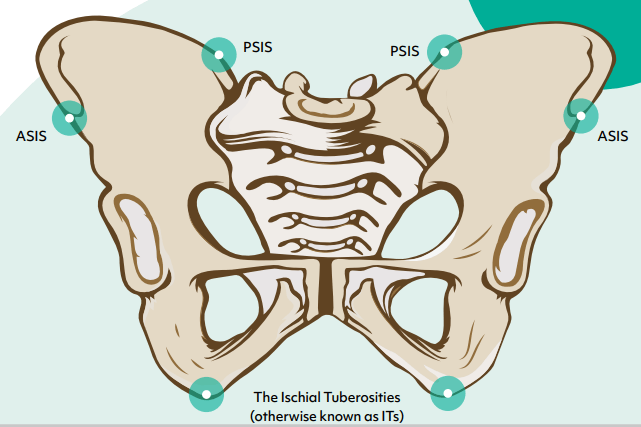
Postural Abnormalities that can Develop:
Pelvic Obliquity
An oblique pelvis is where one side of the pelvis is lower than the other, causing leaning to one side and an asymmetrical posture. This can lead to a scoliotic spine and pressure issues, but can be corrected with the right form of lateral support.
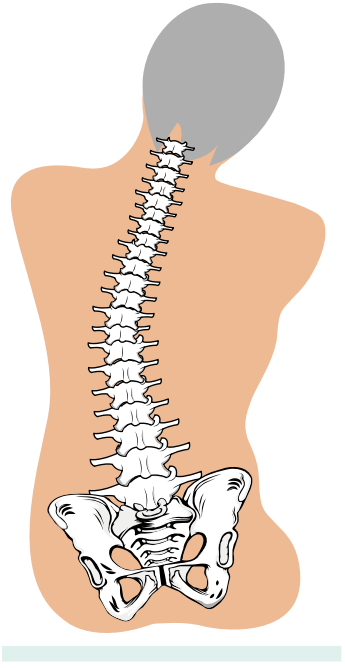
Pelvic Obliquity
Pelvic Rotation
This is where one side of the pelvis twists forward, and can occur from excessive movement if the patient twists themselves in the chair and does not maintain a centralised posture. Not having the right trunk support or footplate for leg length discrepancies can encourage this, or the client pushing their foot against the floor. This can lead to a windswept hip where the legs are angled to one side, leading to a lot of discomfort and pressure issues in the lower body. A articulating legrest or channelled footrest can help to bring the legs back into line.
We cover more on postural abnormalities in our seating assessment ebook, but these potential problems highlight the importance of ensuring the client maintains good posture, and how to achieve this.
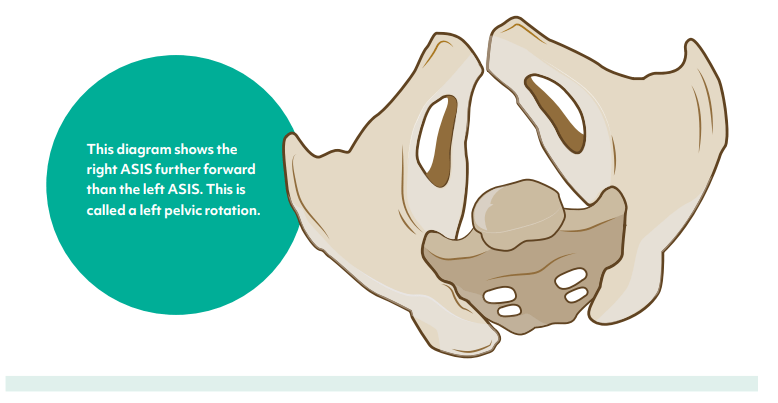
Pelvic Rotation
Spinal Positioning
Floppiness or weak muscles are common features of CP, causing them to lean to one side and feel uncomfortable in the chair. Removeable lateral supports or a backrest with lateral support cushions holds the trunk in a more upright position and keeps their spine as straight and supported as possible. Head supports can be used as an extra in the Lento range, if they need additional support around the head due to weak neck muscles.
Tilt-in-space is a standard feature within most care chairs and riser recliners, and is very effective in keeping the patient in a good midline position and holding them back in the chair more securely.
Another useful feature is a two-level footplate if the client has a leg length discrepancy (one leg longer than the other). This is particularly important issue to address, otherwise their whole pelvic and spinal positioning can be dislodged.

Good Pressure Management
Due to excessive movement and frequent shifting of position in the chair, without the right pressure management a CP client is at more risk of shear friction and pressure sores. Thankfully, we incorporate a range of pressure care technologies within our chairs that can drastically reduce this risk and give them high levels of comfort.
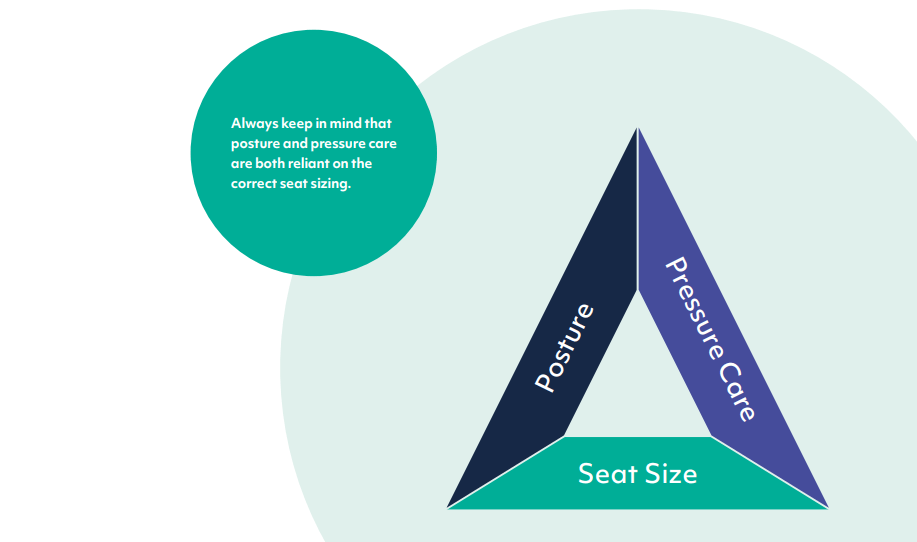
There is a direct relationship between the seat sizing, patient posture and pressure care.
Pressure-Relieving Upholstery
Our Lento range has a vapour-permeable fabric to contact surfaces, which is soft, breathable and prevents the build-up of moisture. The properties of the dartex fabric we use on our chairs means it can stretch in any direction, and is soft and supple to prevent build-up of friction.
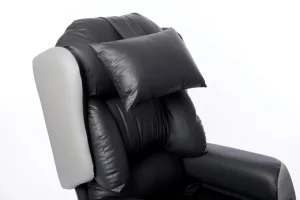
Dartex fabric
Positioning and Tilt-In-Space
Pelvic positioning is key, as already covered, as is adjustable action like tilt-in-space to change the client’s position and centre of gravity. Tilt-in-space changes the client’s angle relative to the ground, and distributes pressure over a wider area of their body, increasing comfort and circulation.
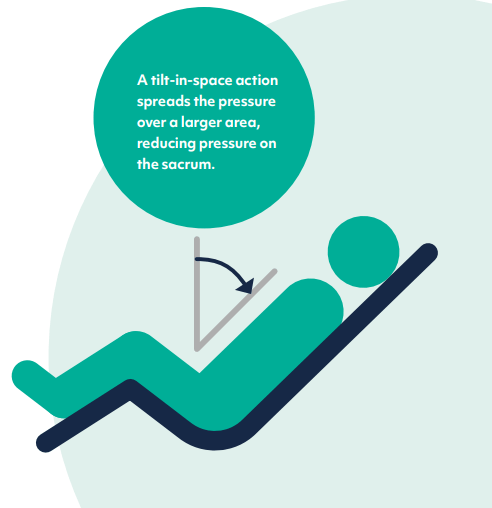
Tilt-in-space functionality
Pressure Cushions
High pressure relief cushions can be factored in for higher risk clients. You can choose from high-risk foam, foam and gel combined, or alternating air cells that alternately inflate to keep redistributing pressure. CP clients with poor skin integrity can benefit greatly from these features.
Physical Characteristics of Cerebral Palsy and how the Lento Neuro can Help
Ataxic Movements
The robust build and strength of the Lento Neuro is designed to withstand even the most severe ataxic movements. Irregular and jerky movements can be reduced with the enclosed ‘cocoon’ shape of the seat, which helps the patient feel more secure and calms their movements.
Balance and Coordination Problems
The cocooned space can be increase further by tilting the back angle by 38 degrees, reclining and relaxing the patient even more.
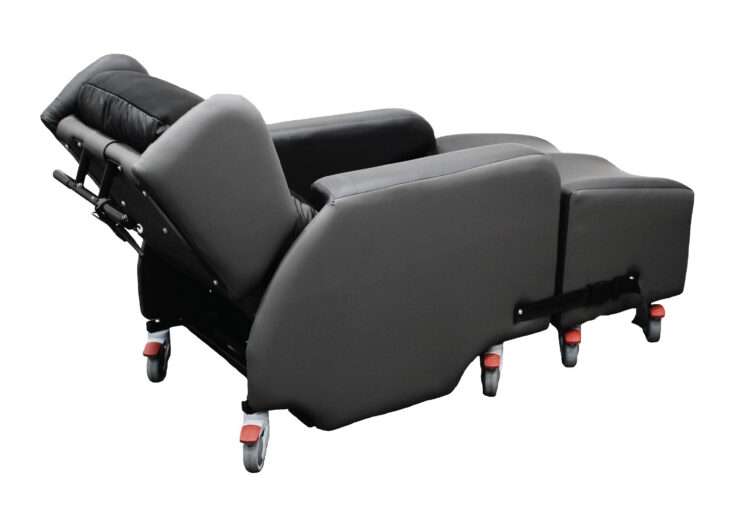
Cocooned seat of Lento Neuro chair
Spasticity
Another prominent feature of CP is muscle stiffness, and jerky, involuntary movements. The channelled footrest with the Lento Neuro chair helps keep their legs aligned in a neutral position and centralises their posture.
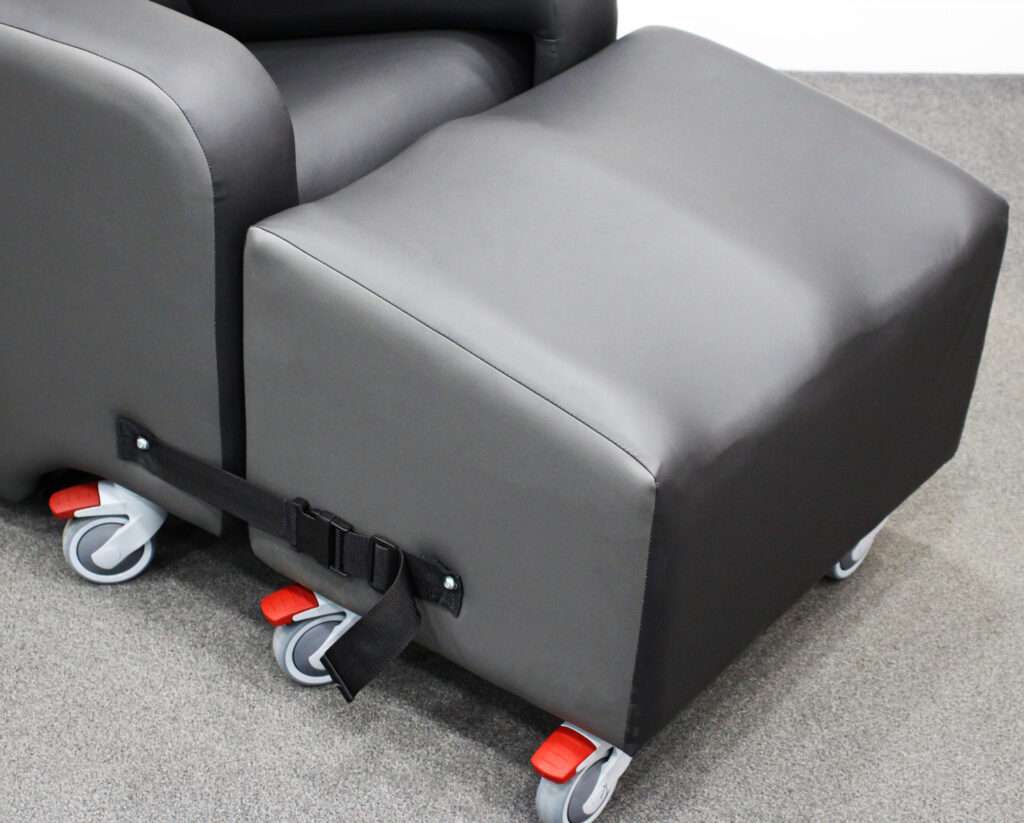
Lento Neuro channelled footrest
Chorea
Chorea is exaggerated ‘dance-like’ movements, destabilising their posture and putting pressure and strain on the chair. The Lento Neuro has been specifically designed to have no possible areas of entrapment to prevent the patient injuring themselves or damaging the chair.
Other Seating Solutions for CP
The Lento range of chairs, including the care chair, paediatric care chair, mobile riser recliner and bariatric recliner, are very good chairs for CP due to their high level of adjustability and ability to tailor with extra accessories and supports to achieve the best positioning.
Adjustability is a key seating component for clients with Cerebral Palsy; no two clients have the same needs which is why seat height, width, depth and back angle should all be customisable to cater to the specific requirements of each CP user. The adjustable seat dimensions also allow for adjustment as the client grows and experiences changes in their condition.
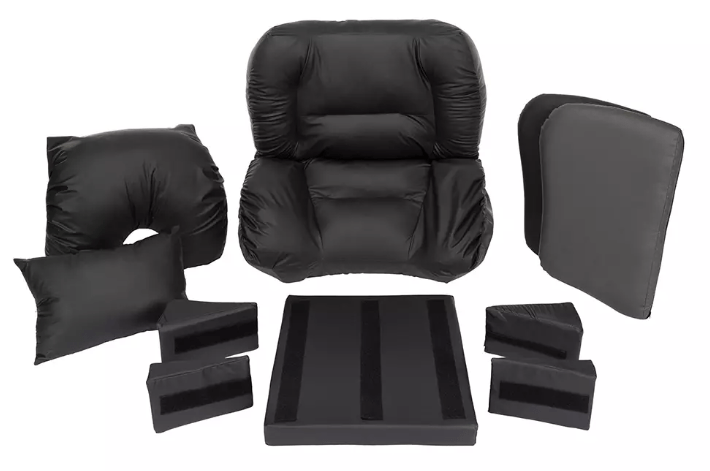
Postural accessories and supports
Other Seating Features That Can Benefit CP Clients
Any seating features that can promote further independence are a great asset to CP clients, increasing their interaction and inclusion in social activities.
Removable Arms
All our Lento chairs have removeable arms, used to facilitate side transfers and help with modularity between chairs. Side transfers can be quicker when moving onto a bed or toilet of a similar height, removing the need to hoist the client each time.
Hoist Compatibility
As CP clients are usually unable to balance upright and walk independently, they will use standaids and mobile hoists a lot to move from the chair to other locations. All our Lento chairs are standaid compatible, helping them get close to the standaid and raise themselves into a standing position more easily.
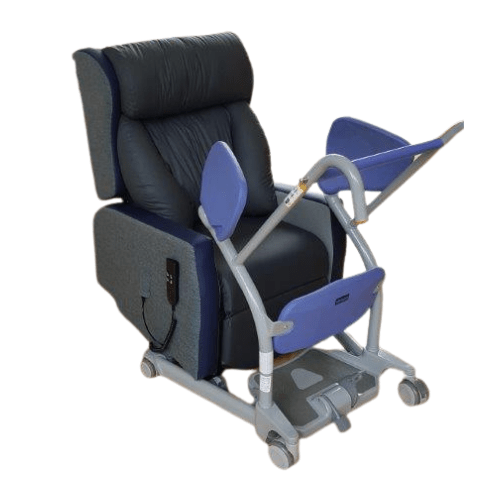
Electric Height Adjustment
Height adjustment is a very useful feature to help CP patients raise themselves to the right height for various tasks and improve their accessibility. With electric action, the client can adjust the height themselves with the handset, or carers can use the vertical rise for a more gradual tilt when transferring out of the chair.
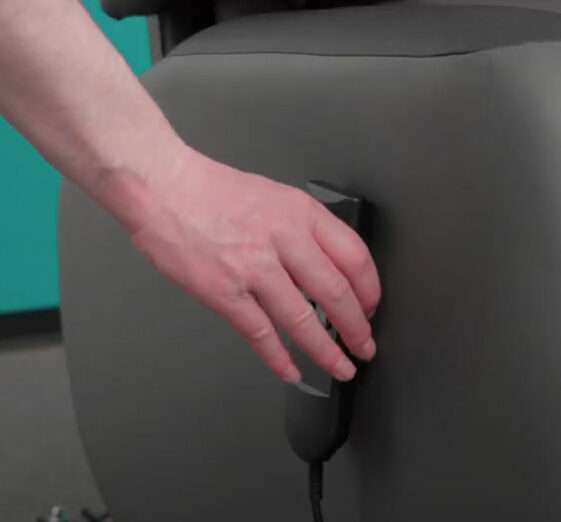
Magnetic handset
Summary
Cerebral Palsy is a challenging condition to manage but the Lento Neuro chair has some unique features that make it a top contender for managing CP symptoms. Notwithstanding its high level of adjustability, the cocoon-shaped seat that makes the patient feel hugged and the reclined positioning all help to ease symptoms and reduce the frequency of ataxic movements.
Want To Organise A Joint Seating Assessment?














